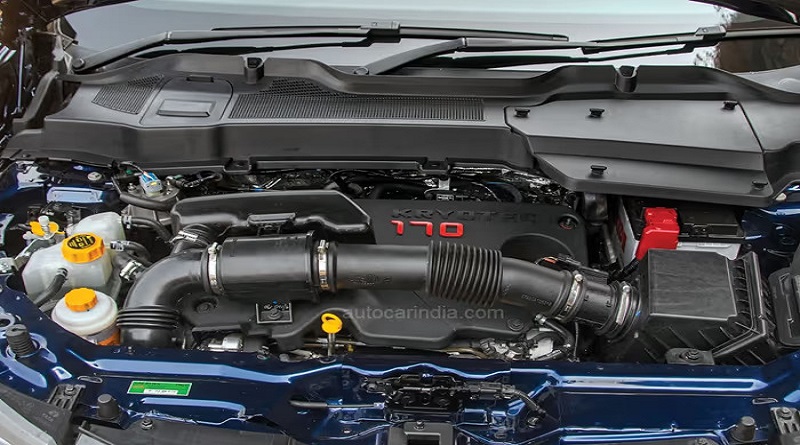Tata Motors acquires license to develop Fiat’s 2.0-litre Multijet diesel engine: Future plans and prospects

Tata Motors has recently acquired the in-house development and upgrade license for Fiat’s 2.0-liter Multijet diesel engine. This strategic move is significant for the company’s technological independence and long-term strategy.
Tata Motors and Fiat Agreement
Tata Motors has obtained the license from Fiat India Automobile Private Limited (FIAPL) to develop and make technical improvements to the 2.0-liter Multijet diesel engine. This engine is currently used in Tata’s Harrier and Safari SUVs, branded as “Kryotec” by the company. Under this agreement, Tata Motors can now modify this engine according to its requirements and align it with future emission standards.
Benefits of This Move for Tata Motors
1. Technological Independence
Previously, Tata Motors relied on Fiat for any technical changes to this engine. With this license, the company can now independently develop and improve the engine, accelerating innovation and providing flexibility in product development.
2. Cost Reduction
Reducing dependence on external suppliers will lower production costs. Additionally, obstacles in engine development and testing will decrease, saving time and resources.
3. Compliance with Emission Standards
With stringent emission standards like BS6 and upcoming BS7 in India, Tata Motors can now upgrade this engine to meet these norms, demonstrating environmental responsibility and regulatory compliance.
4. Competitive Advantage
Compared to competitors like Mahindra, Tata Motors can now offer diverse power output options in its SUV models, gaining a competitive edge in the market. Mahindra currently provides two power variants (155PS and 185PS) of the 2.2-liter mHawk diesel engine in models like the XUV700, allowing customers to choose based on their needs.
With the in-house development and upgrade license for Fiat’s 2.0-liter Multijet diesel engine, Tata Motors can now tune this engine to different power outputs. This enables the company to offer more options in models like the Harrier and Safari, catering to various customer segments.
Furthermore, Tata Motors plans to introduce new SUV models like ‘Curvv’ and ‘Sierra’ to the market, aiming to compete with vehicles like Mahindra Thar and Maruti Jimny. This strategy not only seeks technological independence but also aims to strengthen Tata Motors’ competitive position in the market.
Significance of the 2.0-Liter Multijet Engine
This engine is already used in popular SUVs like Jeep Compass, MG Hector, and Tata’s Harrier and Safari. Due to its reliability, performance, and fuel efficiency, it is highly popular in the Indian market.
Future Plans
Tata Motors is strategically positioning itself to integrate the 2.0-liter Multijet diesel engine into a broader range of its vehicle lineup. With the newly acquired licensing rights, the company can independently develop and upgrade this engine, allowing for greater flexibility in meeting diverse market demands.
One of the key advantages of this autonomy is the ability to tailor the engine’s performance characteristics to suit different models and customer preferences. For instance, Tata Motors can now offer multiple power output variants of the same engine—such as a 150hp version for entry-level trims and a 180hp+ variant for performance-oriented models. This approach not only enhances the appeal of existing models like the Harrier and Safari but also opens up possibilities for future models like the upcoming Sierra, which is expected to utilize this engine in its diesel configuration.
Furthermore, the company is exploring the integration of hybrid and alternative fuel technologies with this engine. By doing so, Tata Motors aims to address the growing demand for environmentally friendly vehicles while maintaining the performance and efficiency that diesel engines offer. This initiative aligns with the global automotive industry’s shift towards sustainable mobility solutions.
In addition to technological advancements, Tata Motors’ control over the engine’s development allows for quicker adaptation to evolving emission standards, such as the upcoming BS7 norms. This proactive approach ensures that the company’s vehicles remain compliant with regulatory requirements, thereby avoiding potential disruptions in production and sales.
Conclusion
Acquiring the in-house development license for Fiat’s 2.0-liter Multijet diesel engine is a strategic and technological milestone for Tata Motors. It will provide the company with technological independence, cost reduction, compliance with emission standards, and a competitive edge, helping Tata Motors strengthen its position in both Indian and global markets.





